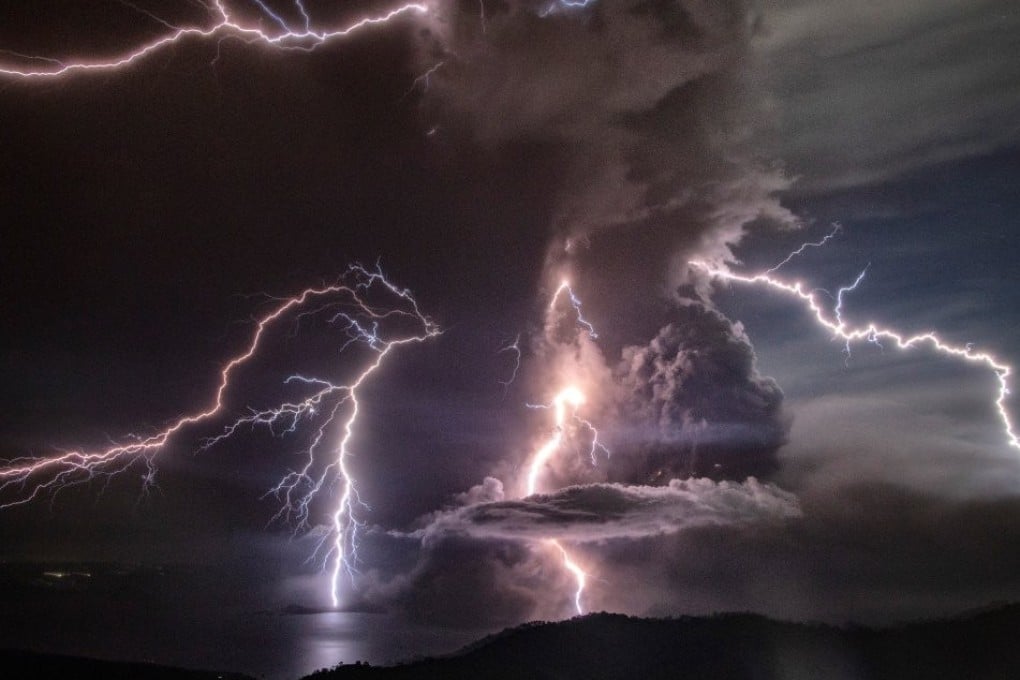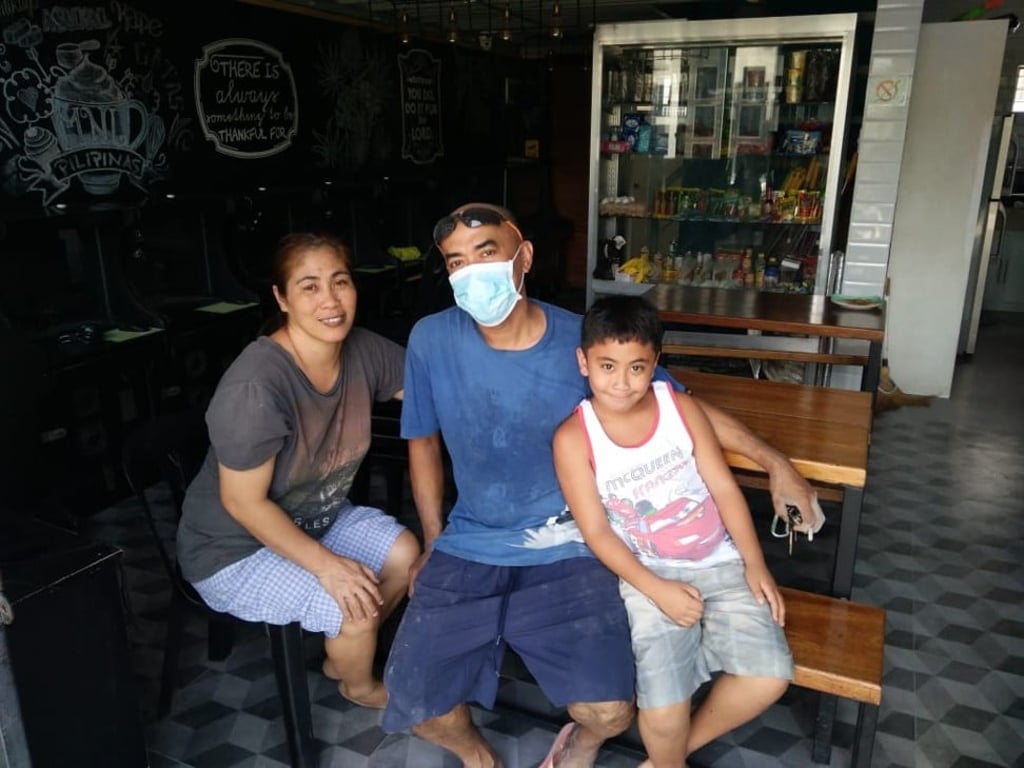Ceritalah | Taal Volcano erupted but life goes on, highlighting the resilience of the Philippines
- The island of Luzon ground to a halt almost immediately as flights were cancelled, the stock exchange suspended trading and businesses and schools closed
- There is still danger but most of those displaced are desperate to return. They cannot afford to wait in shelters and there’s little the authorities can do to prevent them

When Adriano O Mantiel, a 46-year-old maintenance worker in Rizal province near Manila, wiped ash from his mobile phone screen on January 12, 2020, he knew something was wrong.
“I thought that it was rain. But when it happened, my allergies immediately reacted,” he recalls. “I began sneezing. My eyes became very red and I had trouble breathing.”
The greatest fear was for those living closest to the volcano – perhaps the most intriguing in Southeast Asia’s “Ring of Fire” that extends from the Philippines in the north, through Sulawesi and Maluku to Java and Sumatra in the far west.
The diminutive Taal volcano is located on a small island in the middle of a picturesque caldera lake. The area around it is dotted with small towns such as Tagatay that have been transformed into a playground for rich Manilenos, some of whom “helicopter in” for lunch at plutocrat hang-out Antonio’s or stay at boutique hotel Sonya’s Garden.

But on January 12, everything changed. What followed was a mad scramble as authorities raced to evacuate the communities near the volcano. Within four days, some 82,000 people were displaced as losses in the millions mounted up for local businesses.

